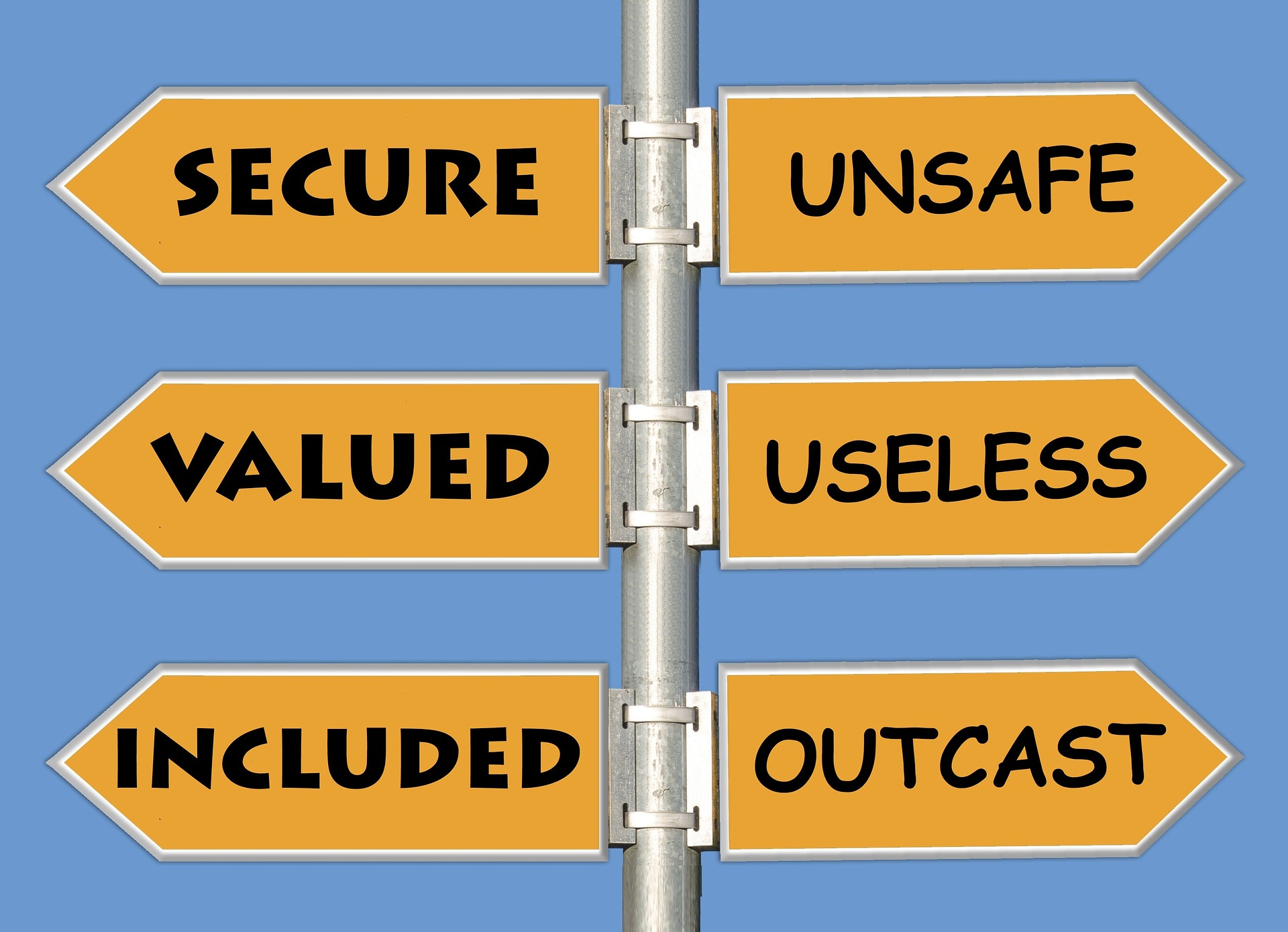
How are you helping your team players to build mental resilience? Do you share resources? Do you use models? Can you identify when they are off of their A-game? How soon do you pull in someone when you notice something is off? And when you pull them in, do you know what to say?
As a parent, I often use a lot of analogies to parenting because the level of awareness required is very similar. For example, you may notice that your child is moving more sluggishly than normal, and you may wonder if they are feeling okay. You immediately determine first if they have a temperature, and use your inspector gadget clues to help you stay aware of any new developments happening. In the same way, there are outward symptoms that team members may display that can sound off the alarm. It’s usually in those moments that the reactive approach is activated.
Now, it would be simply wonderful if we didn’t have to wait for those cues, but the reality is, more often than not, this happens…with colleagues, children, parents, siblings, and spouses. Something happens. Someone becomes disengaged. A decision needs to be made. You missed all the signs and symptoms, and now, it’s time for “the talk”.
Don’t just wait for an alarm to go off. First, establish a regular check-in.
Next, identify work-team specific ideas of what sorts of issues you are looking for—and they may or may not parallel the types of issues you address with your family. People can generally figure out what they need to do in order to be competent in their work regardless of feeling a little under the weather or experiencing difficulties in their personal lives; however, if someone is clearly struggling—behind on deadlines or displaying belligerent attitudes with co-workers—a closed-door chat might reveal an issue that management can be flexible in addressing.
For example, if a team member is challenged with a health issue, is there any way he or she can work from home for a while? If another team member has recently experienced a loss—would it help to move them to a less (or more) socially demanding role? The key is to keep the door open for communication. Find out what is really going on, and for the brave ones who are serious about resolving an issue, don’t think it can only be one-sided. Be sure to ask this question, “What am I doing that is hindering you from being successful at your job?”
Under ordinary circumstances, team members require clearly communicated expectations about what roles they are expected to fulfill and when they need to step back and let other people do their own job.
If you find them scaling back, being unclear about what to do, or having difficulty making decisions, you may want to introduce a decision-making model like RAPID. Erik Larson, writing for Forbes, states, “If team members don’t know their roles, or if any roles are unfilled, then friction and frustration can grind team decision making to a halt.” He recommends the RAPID method of delegating responsibilities: a designated person Recommends options, specific people Agree on the decision, designated persons Perform the required actions, specific people give Input, while others are tasked with the final Decision. Team members can execute various roles, but if the roles are unclear or if any of the roles are unfilled, their ability to functionally reach a decision is quickly impaired.
Judith Stein, of MIT, offers a number of variation models of the RAPID method.
- Option 1: Appoint a team leader. The team leader is responsible for presenting information & approving the final decision. This is an effective model for time-sensitive decisions.
- Option 2: Assemble a team responsible for providing expert input from a variety of angles—but they do not need to agree on a decision—that’s up to the team leader, who considers all perspectives.
- Option 3: All team members provide input and reach a consensus. This is the option for those looking for maximum involvement at all stages.
No matter which model(s) you choose, communication is always a primary factor in teams. See “Fostering Authentic Communication—How Aligning to Values Builds Confidence in Teams.”
How do you help your team make decisions?
